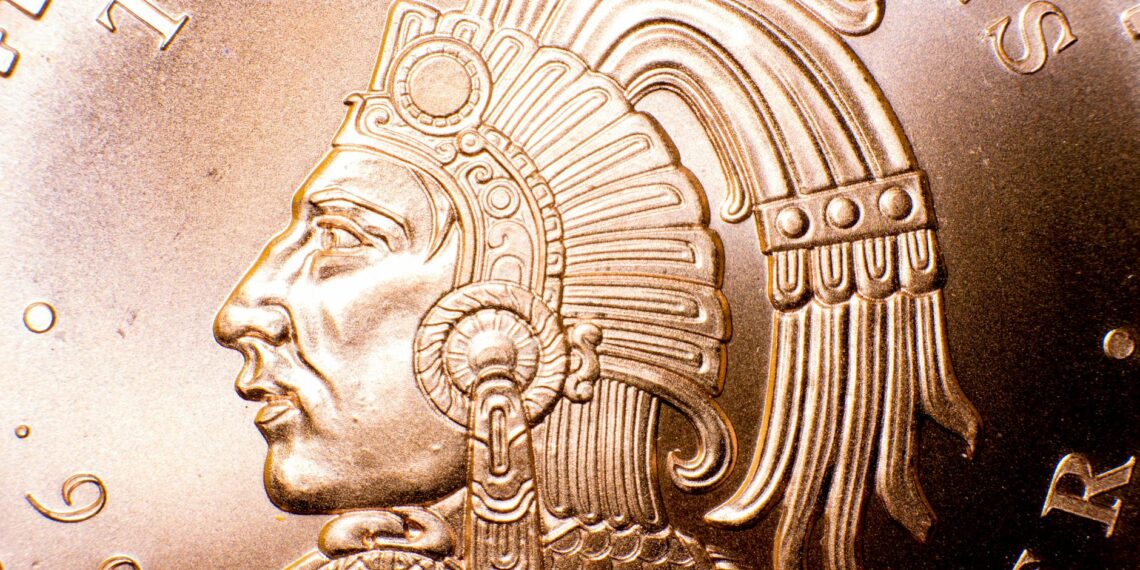A mint mark is a small letter or symbol on a coin that identifies the minting facility where the coin was produced.
Here’s why mint marks are important:
- Origin: They indicate where a coin was made. The U.S. has several minting facilities, each with its own identifier.
- Quality Control: Historically, mint marks served as a quality control mechanism, allowing officials to trace coins back to their source if there were issues with quality or specification.
- Rarity & Value: Mint marks can significantly impact a coin’s rarity and value. Coins from mints with lower production numbers, like the Carson City Mint (“CC”), tend to be more valuable.
- Historical Significance: Mint marks connect coins to their history. Coins from historically significant or defunct mints can hold special value for collectors.
- Authentication & Counterfeiting: Mint marks help authenticate coins and deter counterfeiting, although advanced counterfeiters can replicate them.
- P: Philadelphia
- D: Denver
- S: San Francisco
- W: West Point
- CC: Carson City (defunct)
- O: New Orleans (defunct)
- C: Charlotte (defunct)
- D: Dahlonega (defunct)
The location of the mint mark on a coin varies depending on the coin’s denomination and series. Generally:
- Mint marks can be found on either the obverse (heads side) or reverse (tails side) of the coin.
- Before 1968, mint marks were typically located on the reverse.
- Since 1968, mint marks are generally found on the obverse.
If you can’t find a mint mark on a coin, especially on older ones, it likely indicates that the coin was minted in Philadelphia, which did not traditionally use a mint mark until 1980 (with a few exceptions). Coins minted between 1965 and 1967 also lack mint marks due to a temporary suspension during a coin shortage.









Are coins with no mint mark more valuable?
The short answer is sometimes. Certain coins without mint marks are extremely valuable, but it’s essential to watch out for the coins that were altered or damaged by someone outside the mint. Here are several rare coins without mint marks that hold a much higher value than the original minted face value.
How do you tell if a coin has a mint mark?
I can help with that. A mint mark is a small letter (D and S being the most commonly encountered) somewhere on the coin. A mint mark tells you where the coin was made. Many coins also have the designer’s initials hidden somewhere in the design. This is not the mint mark.
What are the 9 mint marks?
Thanks for asking. Philadelphia (PA) Mint mark “P” Coinage years 1793 to date. …
Denver (CO) Mint mark “D” Coinage years 1906 to date. …
West Point (NY) Mint mark “W” …
San Francisco (CA) Mint mark “S” …
Carson City (NV) Mint mark “CC” …
New Orleans (LA) Mint mark “O” …
Charlotte (NC) Mint mark “C” …
Dahlonega (GA) Mint mark “D”